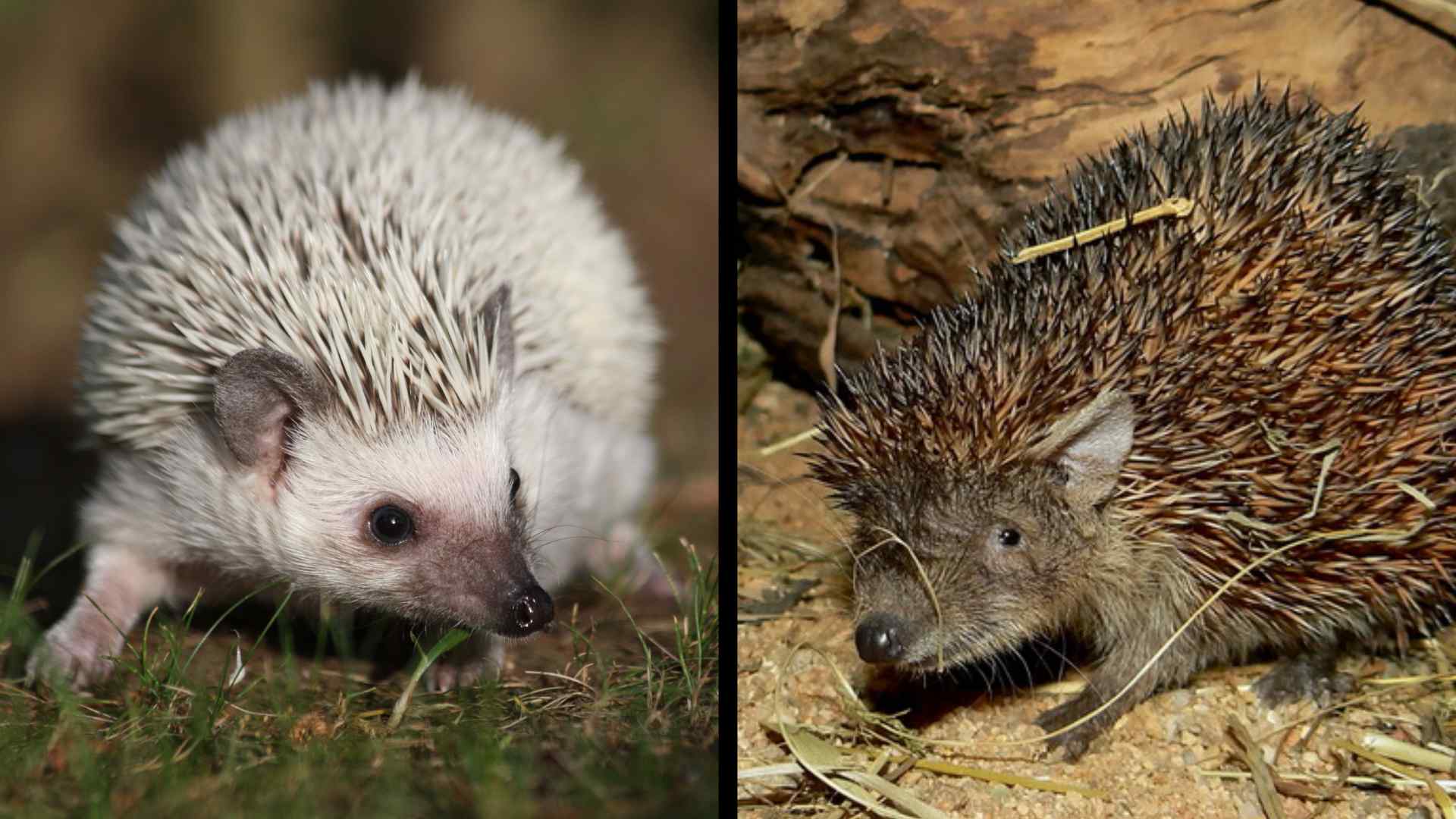Madagascar’s mammalian evolution under threat
International scientists have concluded that it would take three million years to recover the number of species that went extinct from human activity on Madagascar. A new study published in Nature Communications projects that if currant species that are threatened also go extinct, it would take 20 million years to recover them. That is much longer then what what’s been found on any other island archipelago in the world.
Madagascar’s fauna is relatively intact. Over two hundred species of mammals still live on the island, many of those being unique to Masagascar and don’t live anywhere else in the world. Madagascar has already experienced many extictions since humans settled on the island roughtl 2500 years ago. This includes the extinction of Giant lemurs, Elephant birds and Dwarf hippo’s.
Read more on Naturalis.nl.
Tenrecs in Madagascar
Nearly all tenrec species in all of the 3 subfamilies and 8 genera are unique to the island of Madagascar. With the flora and fauna heavily struggling under human involvement on the island, the threat applies to this entire family of animals that are so incredibly diverse. The five species that are held in captivity can most likely be reintroduced within a matter of years with the collaboration of zoos and breeders that have these animals in their ownership, but the other species would take a long time recover after a case of extinction. There however are suspicions of small populations of a few Tenrec species living on the mainland of the African continent, specifically Mozambique and possibly Tanzania, due to ships going between the island and the mainland and tenrecs accidentally being shipped back and forth.
Photo: By Frank Vassen – Flickr: Lowland Streaked Tenrec, Mantadia, Madagascar, CC BY 2.0, https://commons.wikimedia.org/w/index.php?curid=14465335. No alterations made.
Article by Judith Dunkirk.




